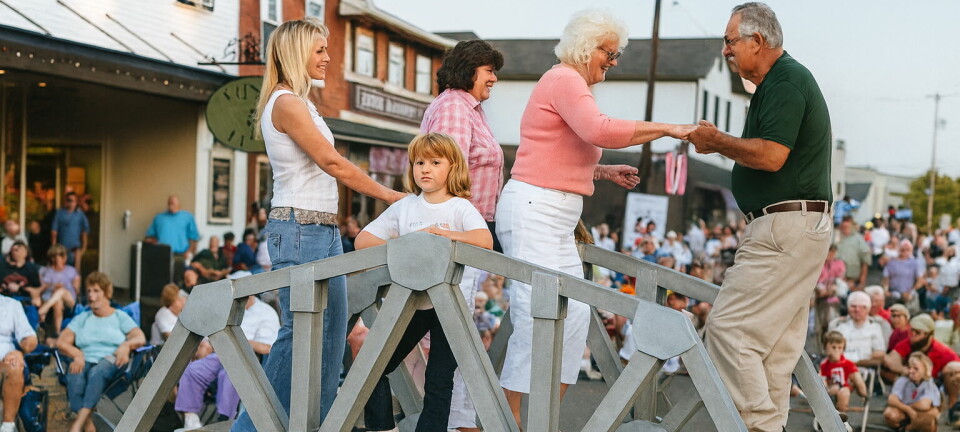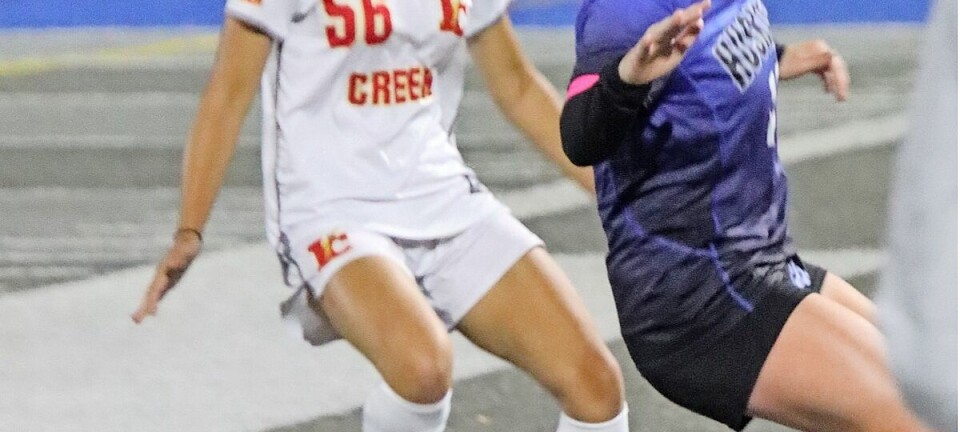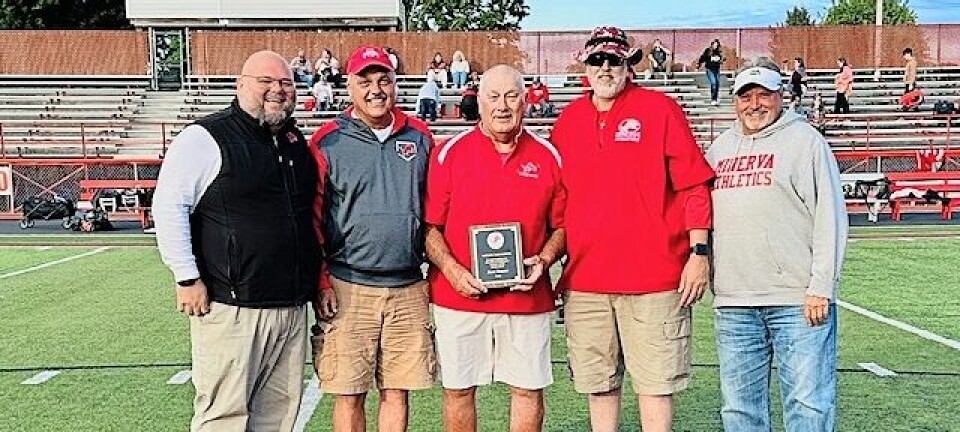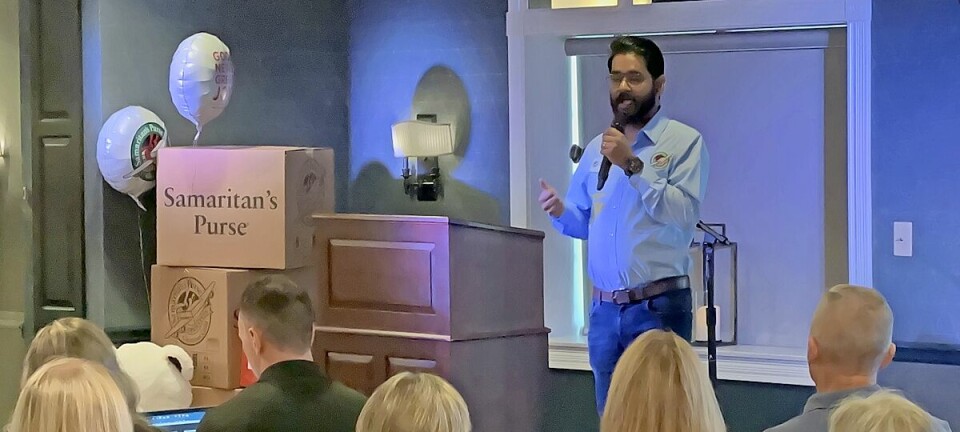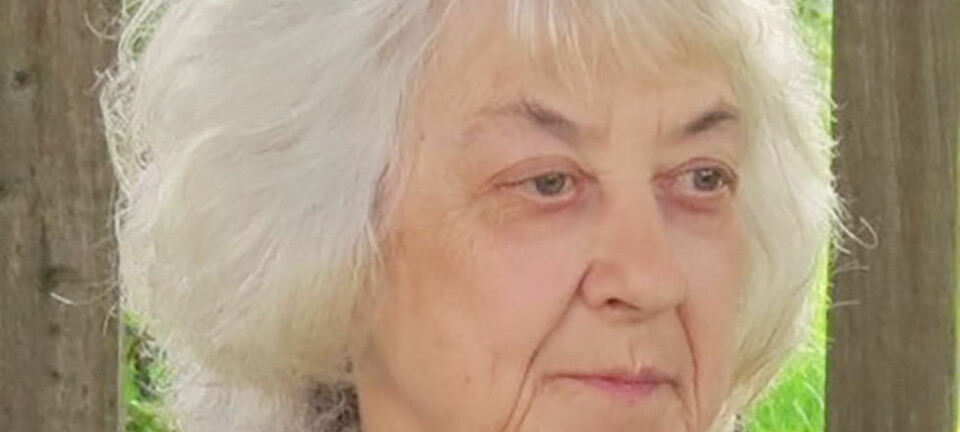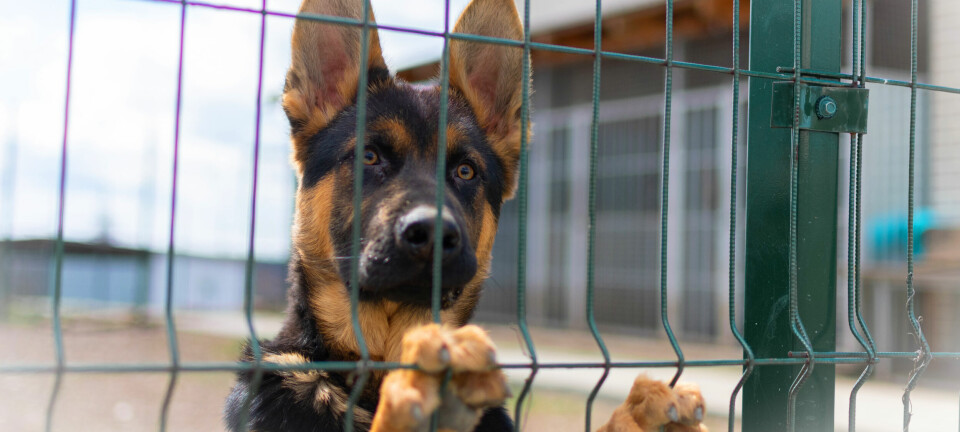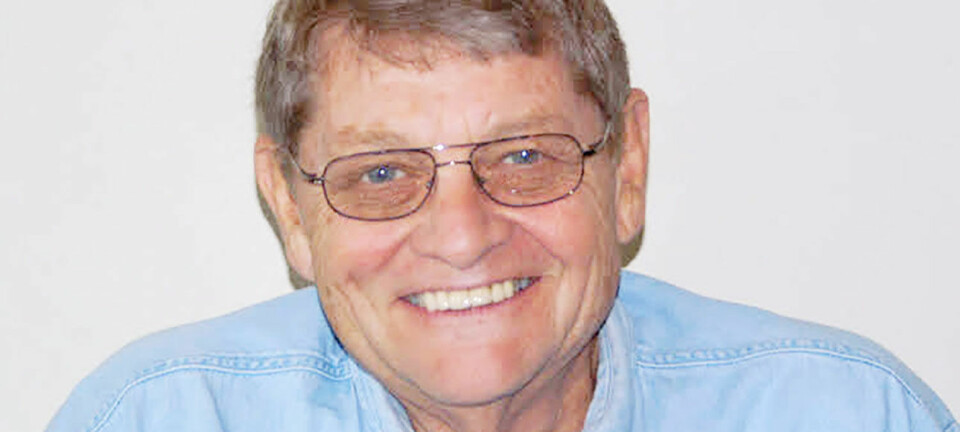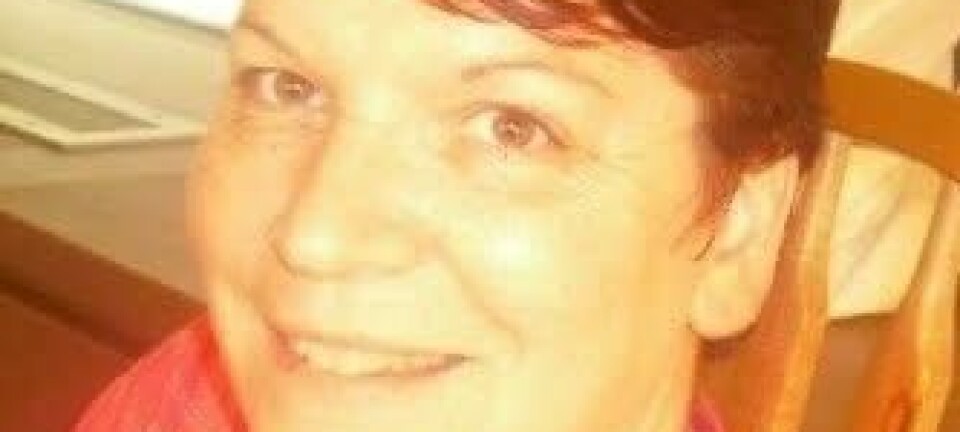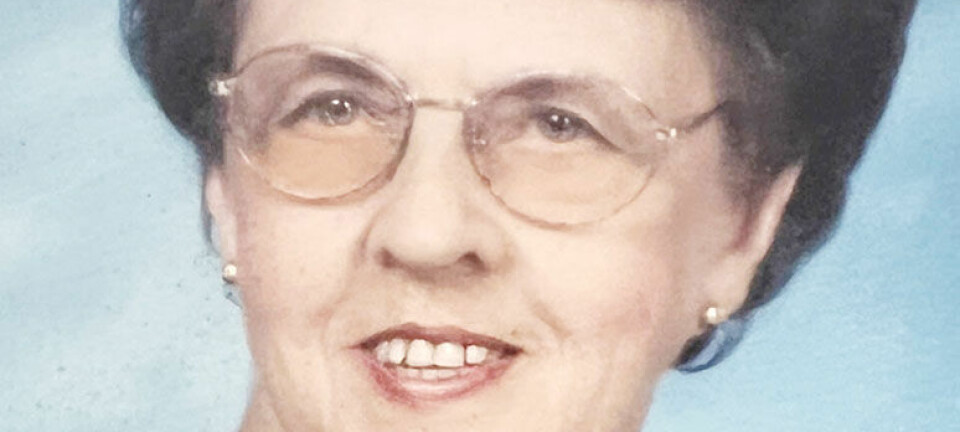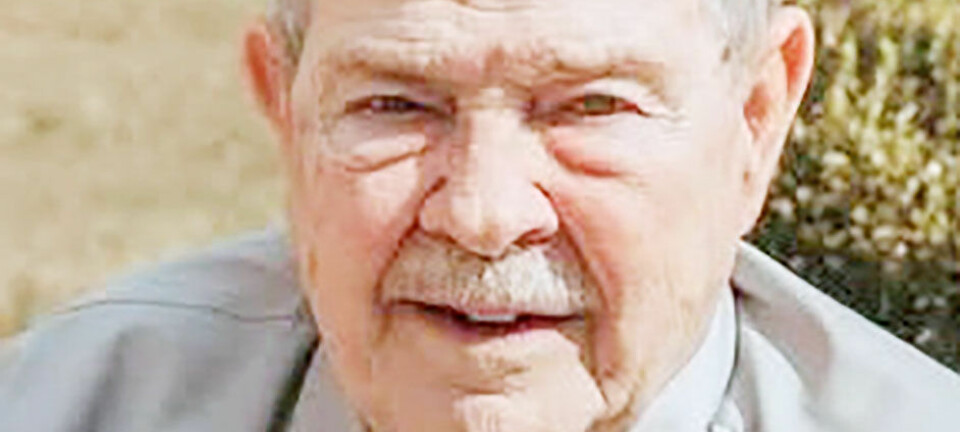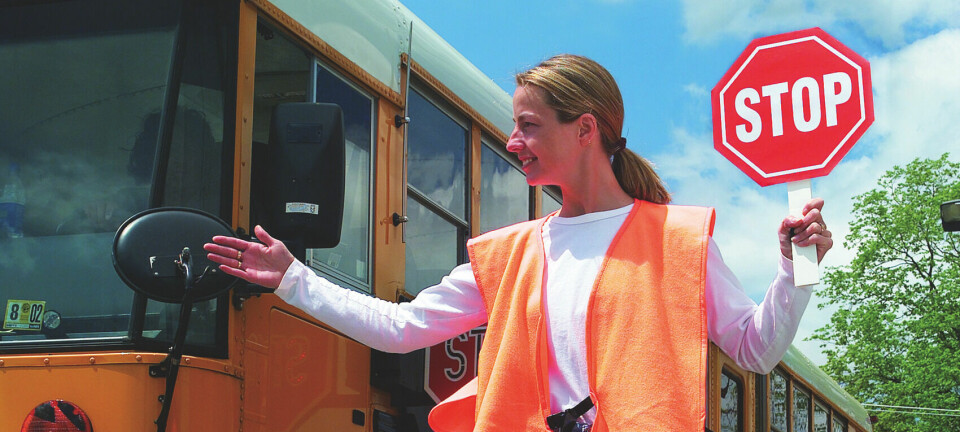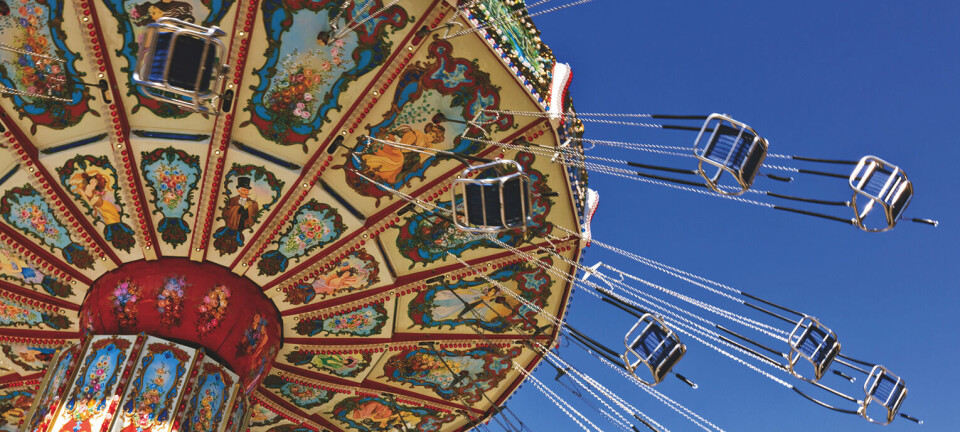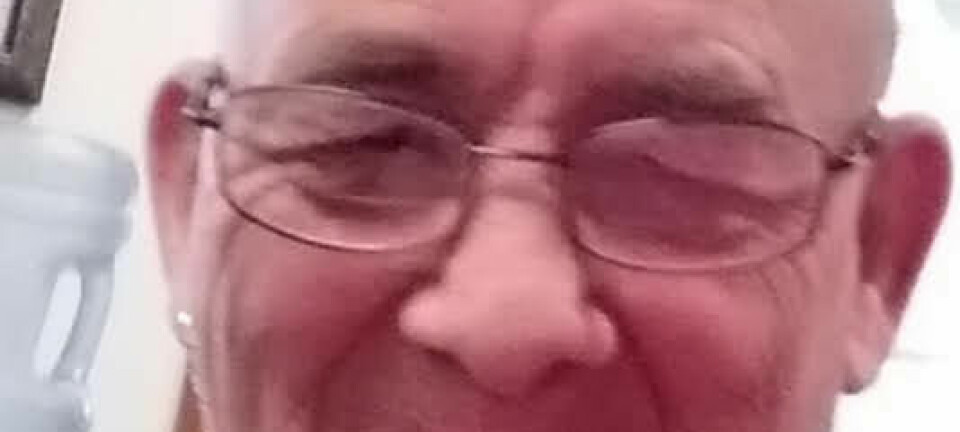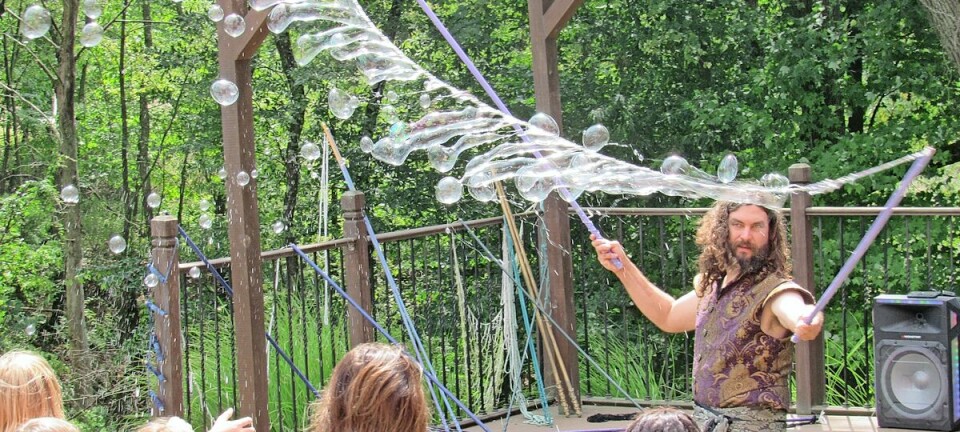Local student breathes life into project in Honduras
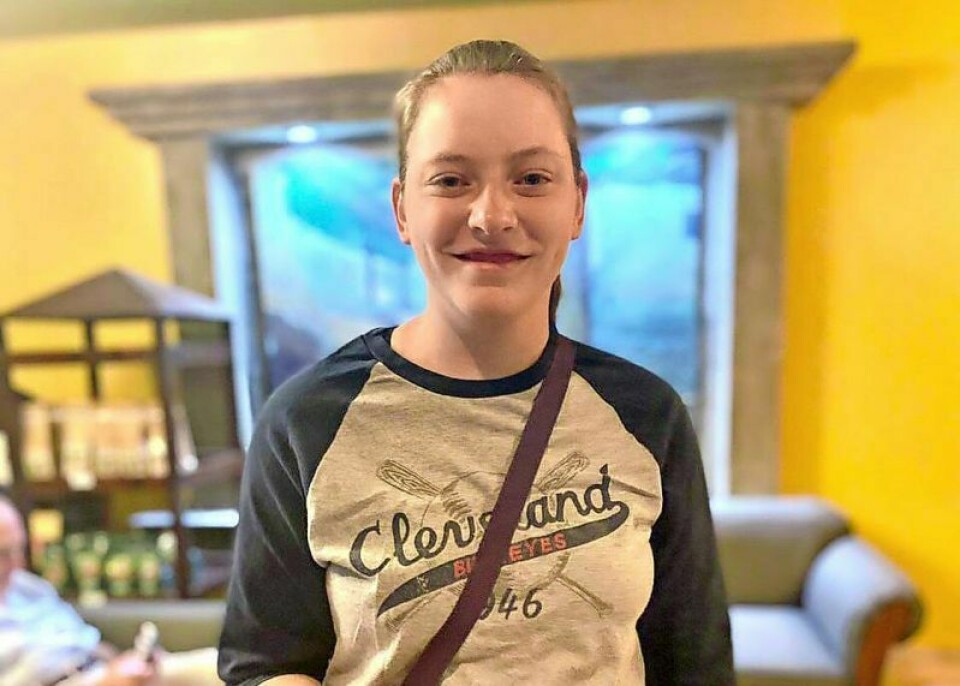
Lydia Hassenzahl, a 17-year-old senior at Norwayne High, has always been interested in solving puzzles. From the time she was in elementary school, she never met a Rubik’s cube she couldn’t solve.
In 2021 she took those problem-solving skills to the next level by interning with the Makerspace at the Romich Foundation in Creston. The Romich Foundation, established by successful businessman Barry Romich, supports STEM education.
“We partner with nonprofits and community organizations to design and fabricate products/items to meet a need for that organization,” Hassenzahl said. “We also work with the Schantz Makerspace (in Orrville) to host classes in 3-D printing, CNC routing, electronics and, most recently, robotics. I am generally involved in the physical fabrication of items and also help with creating the 3-D Lending Library kits.”
In addition to her work with the Makerspace, Hassenzahl also takes college classes through the University of Akron Wayne College.
Recently, she was able to take her work to an international level. Hassenzahl traveled with Central America Medical Outreach on a trip the Romich Foundation funded to provide machines and materials necessary for a mini Makerspace in Santa Rosa de Copan, Honduras.
CAMO is a nondenominational, Christian-based humanitarian organization founded by Kathy Tschiegg that brings life-saving medical services, education and community development to Central America.
The trip included a Romich Foundation tech-support team of four, including Hassenzahl, to teach the students at a trade school there how to use the machines. The idea was to enable the trade school to be a support for medical facilities by being able to make medical parts and equipment. Santa Rosa de Copan is a small city with challenges in terms of infrastructure, such as roads and potable water.
“The partnership the city has with CAMO is very valued as it helps the town and surrounding areas meet various needs,” Hassenzahl said.
One need the team found was the medical facility in Santa Rosa de Copan had over 20 ventilators that weren’t being used because they didn’t have an essential piece: a high flow adapter. Hassenzahl was able to fix the problem and make the ventilators work.
“We found one adapter in their inventory that was 3-D printed,” she said. “I was able to reverse engineer the design and create a file for it using computer-aided design. I was able to print a total of five working pieces while I was down there, and I left them the file, enabling CAMO and the trade school to collaborate to print as many as needed.”
What were once nonworking ventilators were restored to life-saving medical equipment. The team spent time teaching the students how to use CAD design, slicing software and the 3-D printers, with hopes that students there can reverse design integral equipment just as Hassenzahl was able to do.
The trip became an example of many partnerships working together to save lives: the Romich Foundation, CAMO and a teenage robotics student, all working hand in hand. Hassenzahl hopes to use the skills she has gained at the Romich Foundation to go on to study robotics and biomedical engineering.


